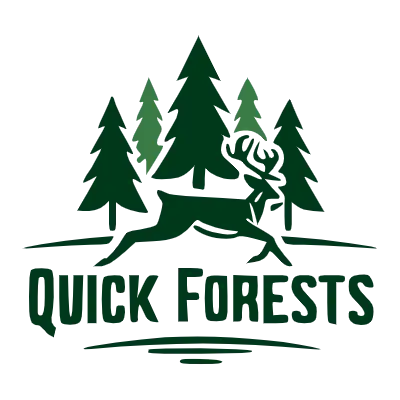In recent years, the Miyawaki method of afforestation has gained significant attention as a rapid and efficient way to create dense, native forests in urban areas. Named after Japanese botanist Akira Miyawaki, this approach promises to establish mature forests in just 20-30 years, compared to the natural process that can take centuries. While the method’s ability to quickly create green spaces is impressive, a crucial question arises: Do Miyawaki forests truly align with the fundamental principles of ecological restoration?
The Miyawaki Method: A Brief Overview
The Miyawaki method involves planting native species in close proximity, typically 3-5 trees per square meter. This high-density planting, combined with soil preparation and mulching, aims to accelerate natural processes and create a self-sustaining forest ecosystem rapidly. Proponents argue that this method can help combat climate change, increase biodiversity, and improve urban environments.

Miyawaki Ecological Restoration Principles
To evaluate the Miyawaki method’s alignment with ecological restoration, we must first consider the core principles of this practice. Deconstructing and evaluating Miyawaki principles provides a framework for assessing its potential to establish truly healthy and resilient ecosystems. The key principles include:
- Ecological integrity
- Long-term sustainability
- Use of native species
- Integration with the landscape
- Consideration of historical ecosystem conditions
- Community involvement and cultural values
Analyzing Miyawaki Method Against Restoration Principles
Now that we’ve established the core principles of ecological restoration, let’s see how the Miyawaki method measures up:
1. Ecological Integrity and Long-term Sustainability
Miyawaki forests do attempt to create functional ecosystems by using a diverse mix of native species. However, the accelerated growth and high-density planting raise questions about the long-term stability and natural succession of these forests. Critics argue that the rapid development may not allow for the gradual establishment of complex ecological relationships typical in natural forest systems.
2. Use of Native Species
One of the strengths of the Miyawaki method is its emphasis on using native species. This aligns well with ecological restoration principles and can contribute to local biodiversity conservation. By planting a diverse mix of native trees, shrubs, and other plants, Miyawaki forests can provide habitat for a variety of insects, birds, and other animals. Additionally, native plants are often better adapted to local climate conditions and less likely to become invasive compared to non-native species.
3. Integration with the Landscape
Miyawaki forests are often created in urban or degraded areas, which can be seen as a positive step in reintegrating nature into human-dominated landscapes. These “pocket forests” can improve air and water quality, reduce noise pollution, and provide valuable green spaces for recreation and relaxation. However, the method’s standardized approach may not always account for site-specific conditions or broader landscape connectivity. For instance, creating Miyawaki forests in isolation without considering how they connect to existing natural areas might limit their ecological benefits for wildlife movement and gene flow.
4. Consideration of Historical Ecosystem Conditions
While the Miyawaki method does consider potential natural vegetation (the plant communities that would exist in an area without human intervention), it may not fully account for historical ecosystem dynamics or the long-term changes that have occurred in the local environment. These changes could include alterations in soil composition, presence of invasive species, or disruptions to natural water flows. A more comprehensive restoration approach might involve incorporating historical data and studies to recreate a more complete picture of the ecosystem that once existed.
5. Community Involvement and Cultural Values
The creation of Miyawaki forests often involves community participation, which aligns with restoration principles. Engaging local communities in the planning, planting, and maintenance of these forests can foster a sense of ownership and responsibility for the restored ecosystem. This can lead to increased long-term success and ensure the project aligns with cultural values. However, the rapid transformation of landscapes through the Miyawaki method may not always allow for the gradual development of cultural connections to the evolving ecosystem. Traditionally used plants or culturally significant species might not be included in the initial plantings, potentially limiting the cultural significance of these restored areas.
Conclusion
Miyawaki forests undoubtedly offer some benefits, particularly in urban areas where green spaces are limited. They align with certain principles of ecological restoration, such as the use of native species and community involvement. However, questions remain about their long-term ecological integrity and ability to truly replicate the complex dynamics of natural forest ecosystems.
As we continue to address global environmental challenges, it’s crucial to critically evaluate innovative approaches like the Miyawaki method. These forests can help cities become greener and store more carbon. But they shouldn’t replace full ecological restoration efforts. Those consider all the ways an ecosystem works and helps the environment.
Exploring alternative techniques like assisted natural regeneration or incorporating larger native plants into the long-term plan could further enhance the ecological value of these restored areas. Furthermore, long-term monitoring of Miyawaki forests is essential to understand their development and potential drawbacks. As we move forward, a balanced approach that combines the rapid greening benefits of Miyawaki forests with more traditional ecological restoration techniques may offer the best path to creating resilient, biodiverse ecosystems in our changing world.

